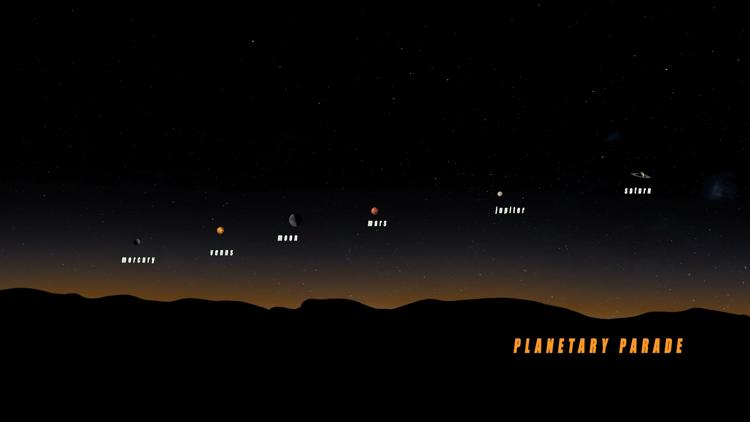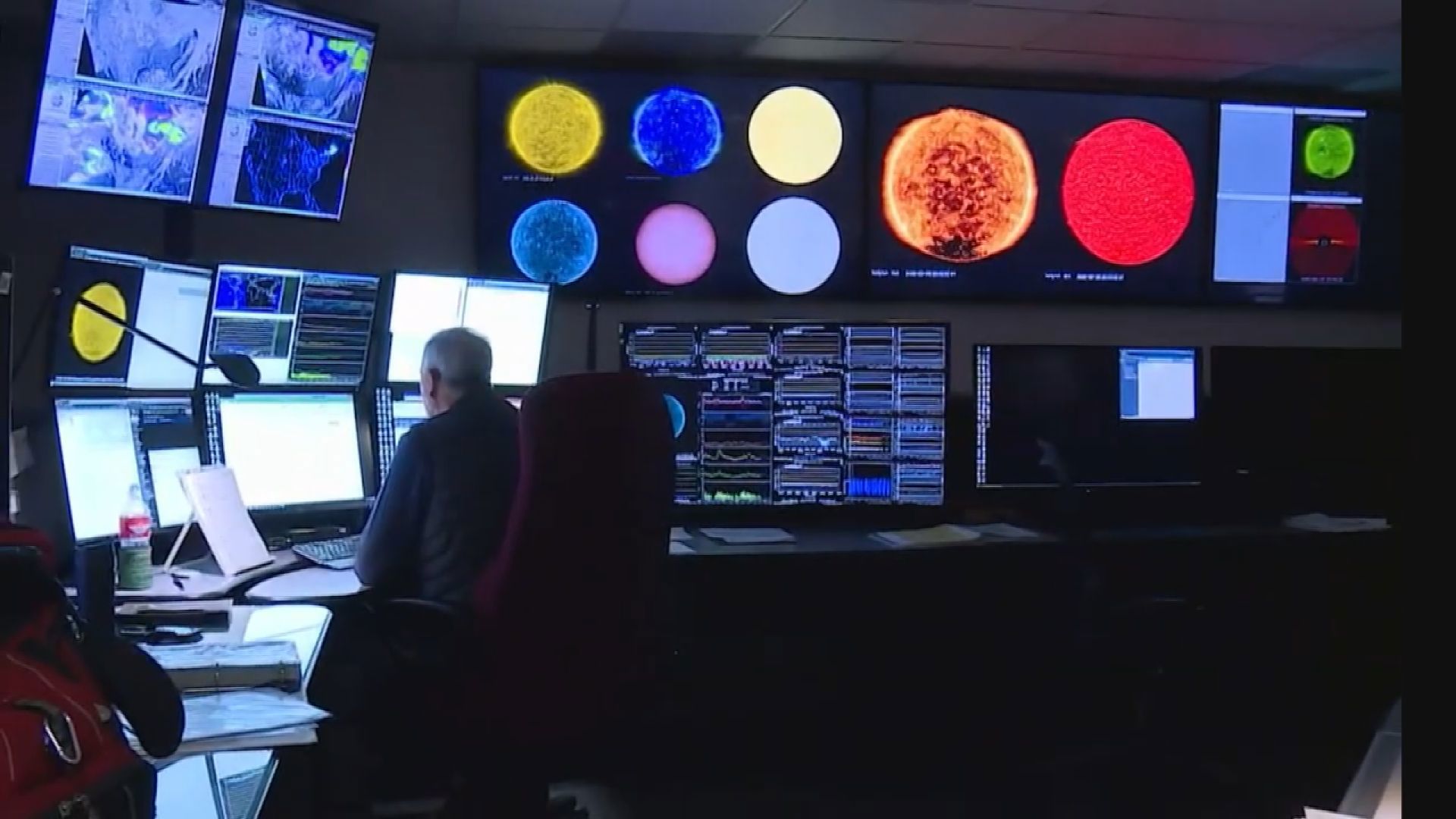SEATTLE — Early in June, there will be six planets roughly forming a line in the morning sky - but it might be difficult to see it without some extra help.
The orbits of Jupiter, Mercury, Uranus, Mars, Neptune and Saturn will bring them to the same side of the sun, which will make them appear as if they are in a line from the Earth's perspective, according to The Weather Channel. However, this won't be possible to observe with the naked eye.
According to KING 5's Rich Marriott, two of the planets, Neptune and Uranus, can't be seen without binoculars or a telescope. Jupiter and Mercury will be close to the sun and will be difficult to see without a "clear flat horizon to the east," Marriott said.
"This is hard to come by in the Puget Sound because of those pesky Cascades!"
All six planets will be visible during the first week of June, however, Marriott said the best alignment (all of the planets in a straight line) will be best about June 3-5 about 20 minutes before sunrise. And as a bonus, the crescent moon will be “photobombing” among the planets those days. Unfortunately, long-range weather models suggest clouds and a chance of showers for western Washington in the first half of next week.
Mercury ducks out of sight after the first week of June, but since most planets move slowly in the sky, five of the planets are expected to stay visible and in rough alignment for most of June.



